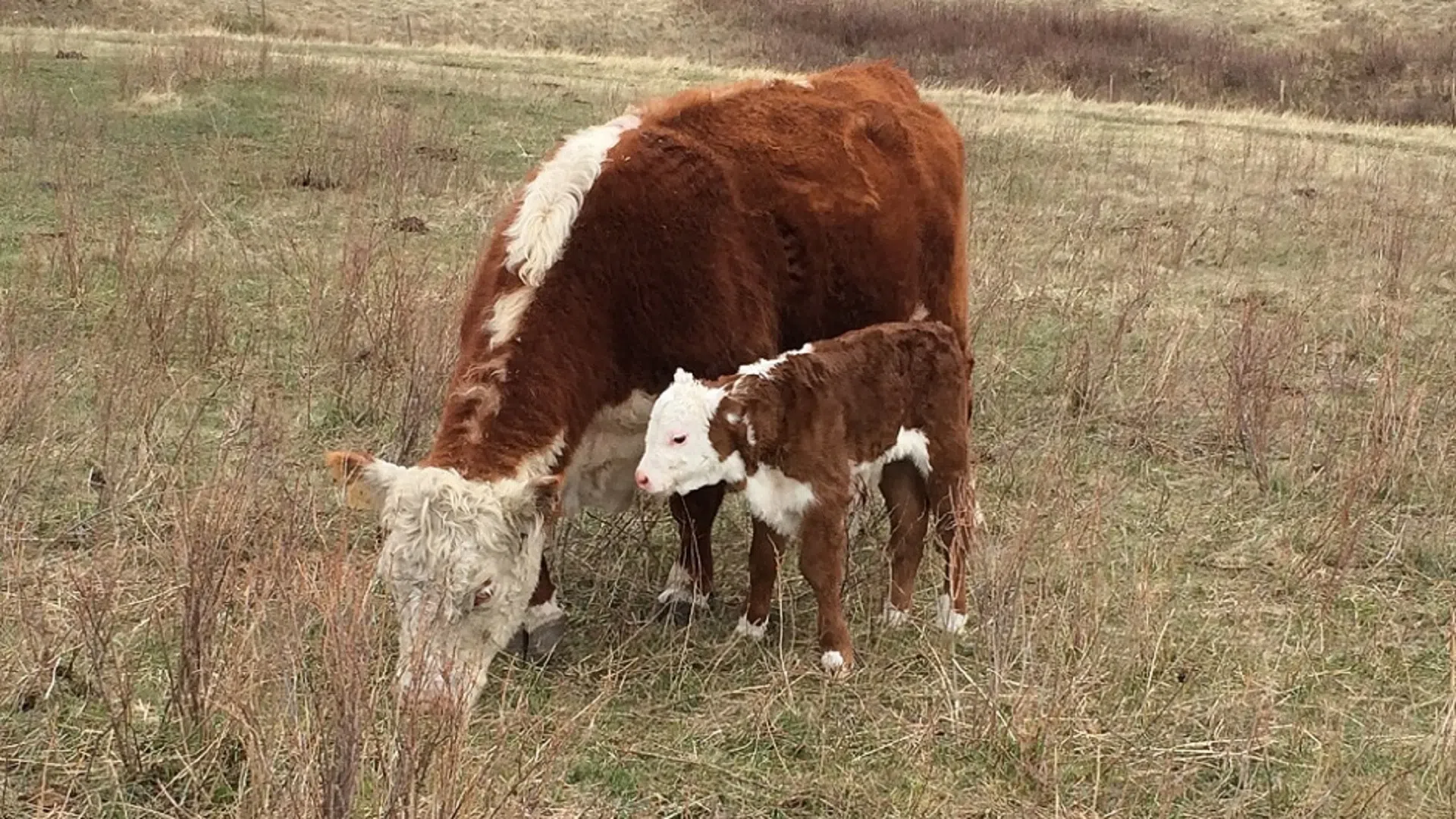
Water usage being reduced by Canada’s beef industry
LETHBRIDGE – With the ever-heightened awareness of environmental concerns, many industries are being proactive in establishing conservation elements into their operations. That’s especially true of farming and ranching, where conservation can also mean financial savings.
A recent study conducted by researchers at Agriculture Agri-Food Canada in Lethbridge and at the University of Manitoba compared the amount of water used by the Canadian beef industry over a 30-year span. They found that it took 17 per cent less water to produce a pound of beef in 2011 than it did in 1981.
Dr. Tim McAllister, from the Lethbridge research station, led the study and explains the decrease.
“One of the major reasons is related to the increased amount of meat or carcass that’s being associated with each individual animal – the carcass size is much larger in 2011 than it was in 1981 and so, if you produce more meat from a single animal, then the maintenance requirements associated with production of that meat is lower, and that’s a major reason why it took less water to produce the same amount of meat in 2011 than in 1981.”


